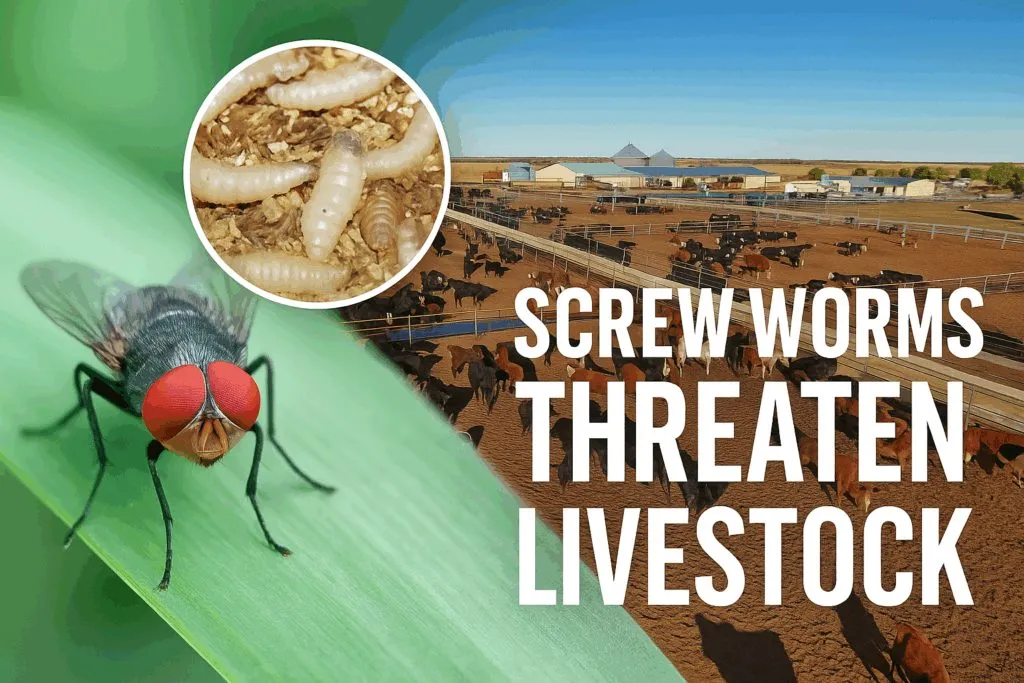A Maryland resident has been diagnosed with a rare case of New World screwworm myiasis—the first human infection in the United States in over 50 years. The individual had recently traveled to El Salvador, a country currently experiencing an outbreak of this parasitic infection. The Centers for Disease Control and Prevention (CDC) confirmed the diagnosis on August 4, 2025
The Centers for Disease Control and Prevention (CDC) confirmed the diagnosis in early August 2025. Though the case has made people worry, health officials say the risk to the public is still very low. The patient got treatment and is now fully recovered.
What Is New World Screwworm?
The New World screwworm is a type of blowfly. Its larvae are parasitic and can infest warm-blooded animals, including humans. These larvae feed on living tissue, which causes serious harm. The screwworm mainly affects livestock. While human infestations are uncommon, they can be severe if left untreated. This parasite mostly affects farm animals like cows, sheep, and goats, which leads to big financial losses in affected areas. It’s not common for people to get it, especially in places like the United States. Strict rules for animal care and farming have helped keep this screwworm issue in check for a long time.
Response Measures
In response to the outbreak in Central America and the potential risk to U.S. livestock, the U.S. Department of Agriculture (USDA) is implementing measures to prevent the spread of screwworms. These include the release of sterile male flies to disrupt the reproductive cycle of the screwworms. Additionally, the USDA has halted cattle imports from Mexico to prevent the introduction of the parasite into the U.S. livestock population.
Conclusion
The first human case of New World screwworm in the U.S. in over 50 years proves how connected global health really is. It underscores the importance of staying informed while traveling and being vigilant about diseases. While the risk to people in the U.S. is low, it’s a wake-up call that foreign parasites and diseases can still pop up where we least expect them.Health officials advise those heading to tropical and subtropical regions to take precautions, examine themselves for unusual wounds, and seek prompt medical attention if they notice any signs of infection.










